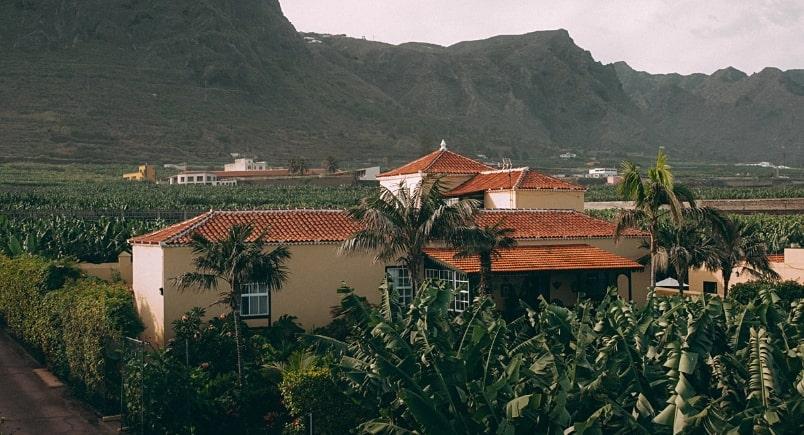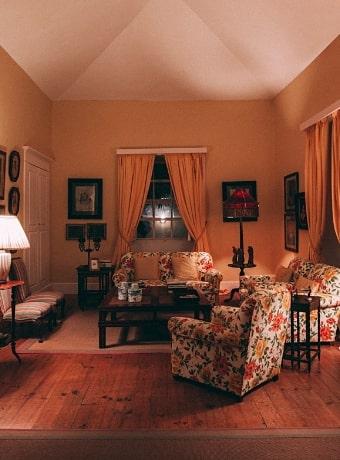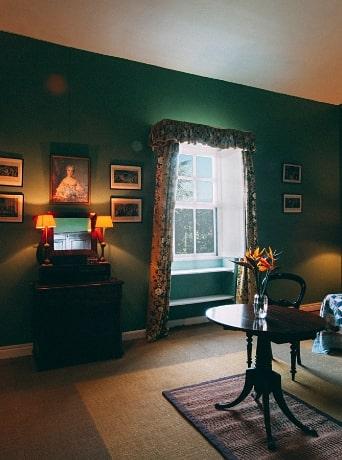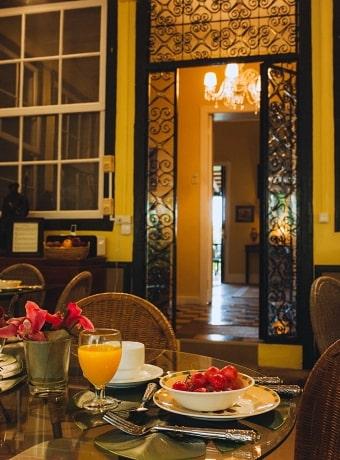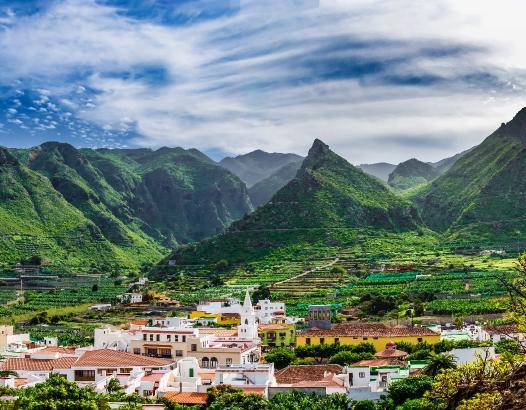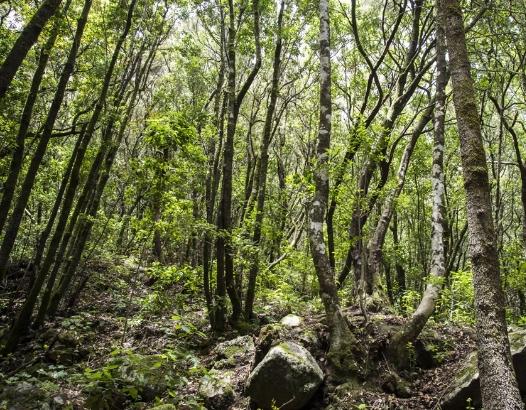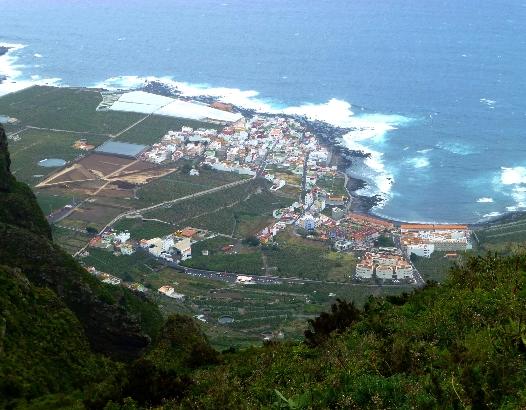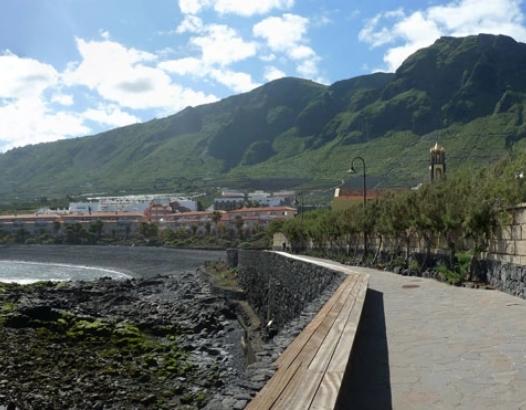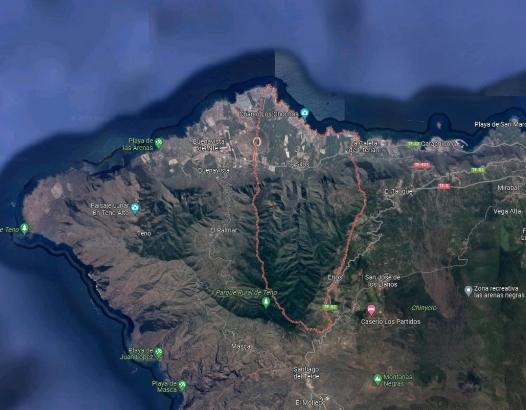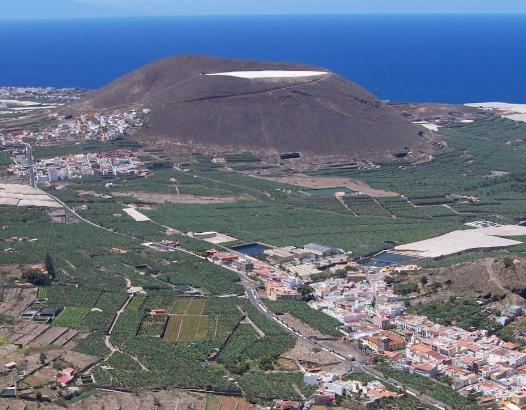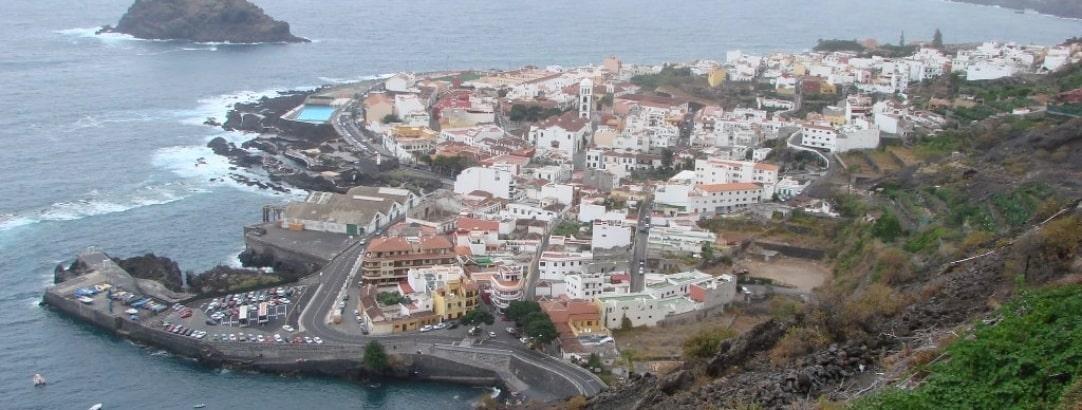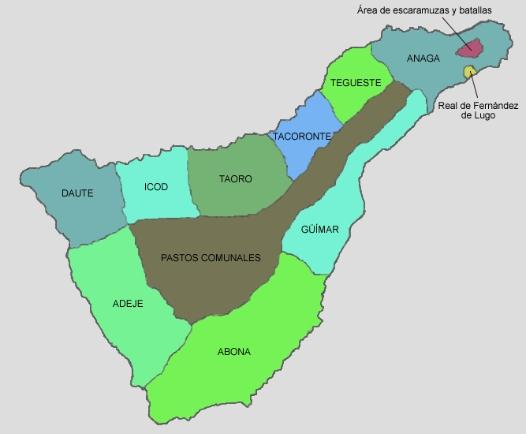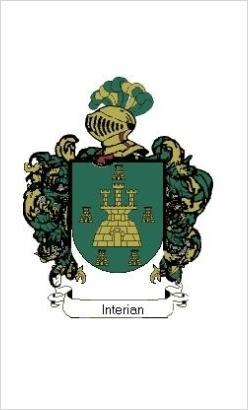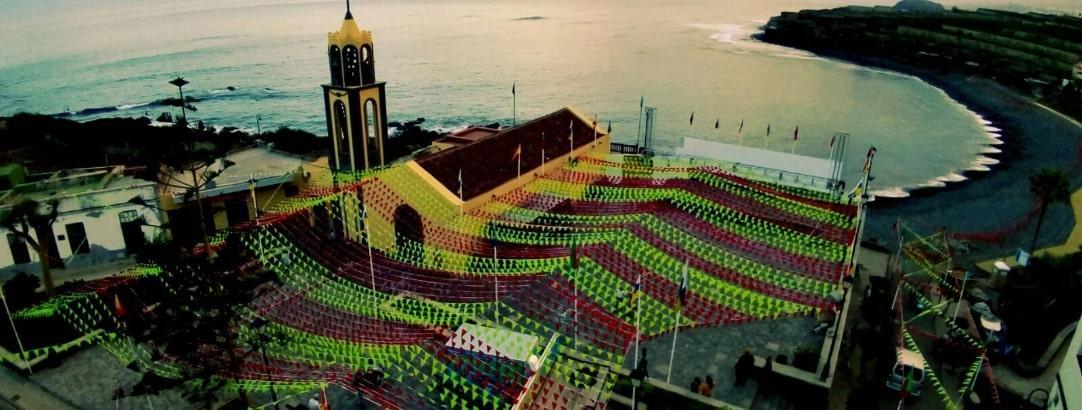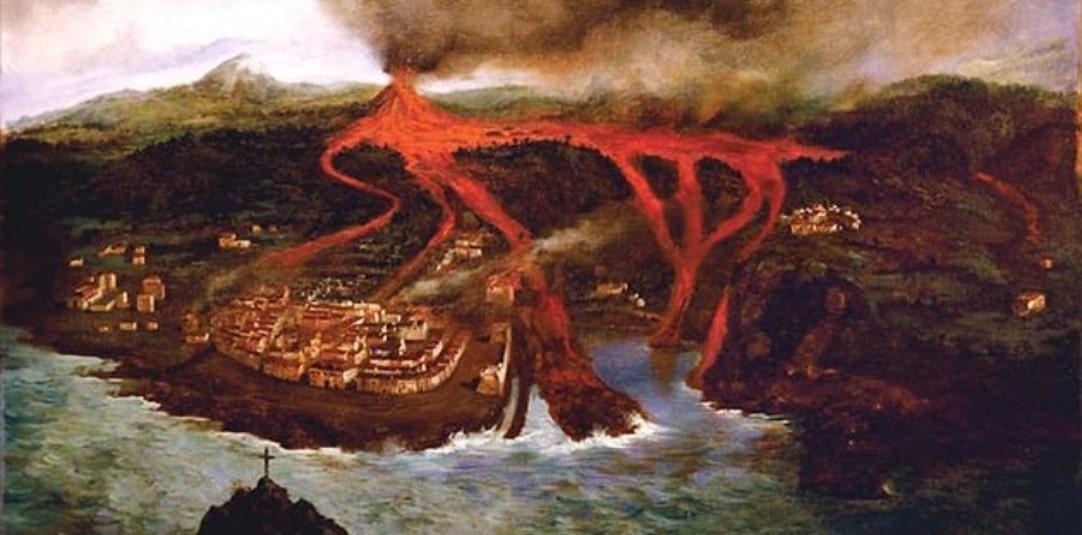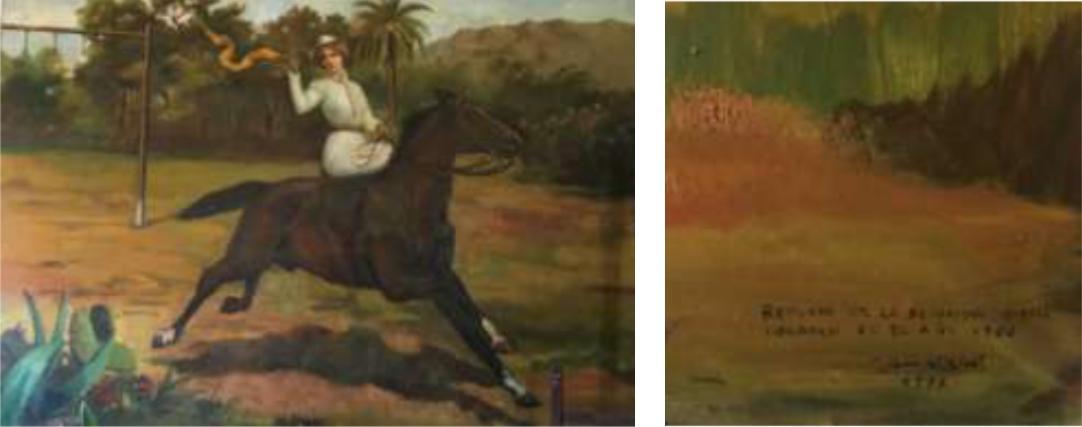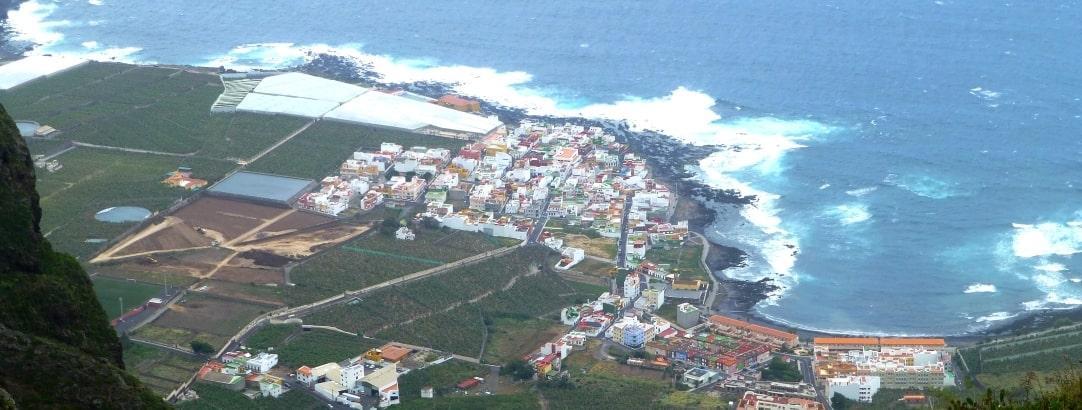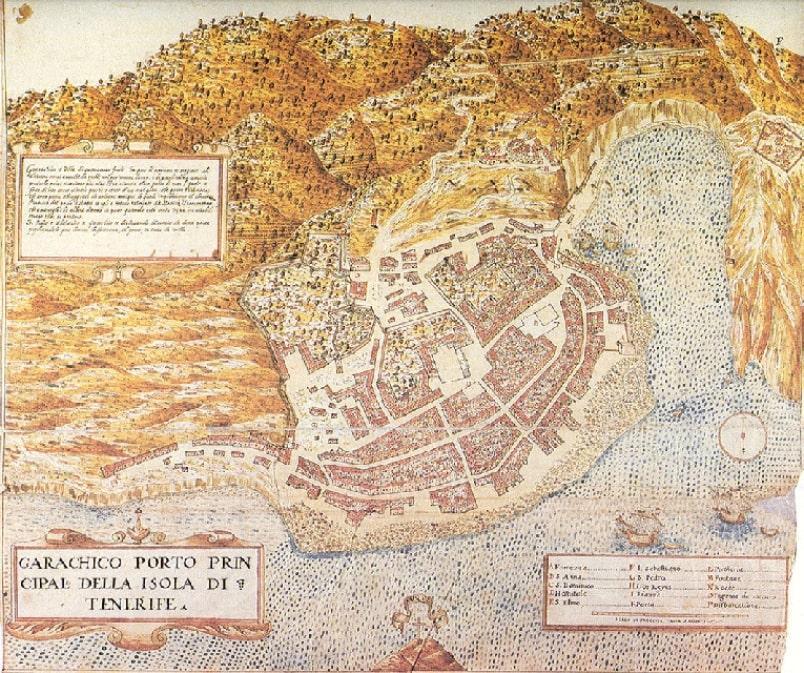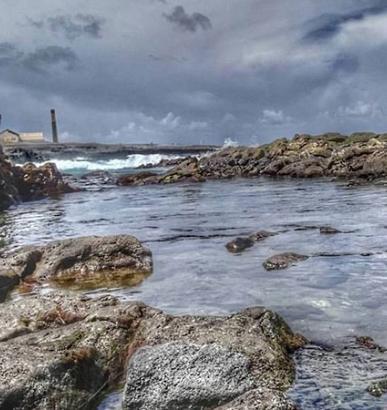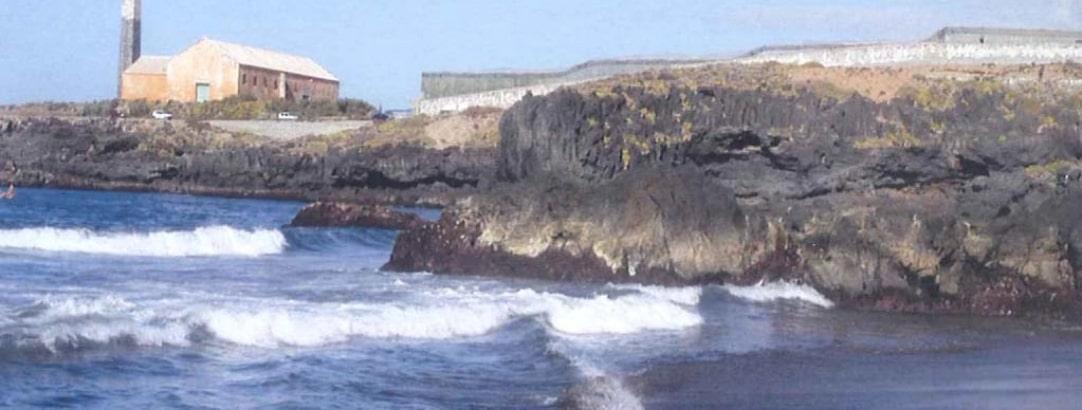The Casamarilla Rural Hotel is a beautiful two-story colonial-style house that dates back to the mid-19th century, it was built as a room for the owners on a farm that was already registered in 1887 as a rustic farm partly populated with nopales for cochineal, and later in 1904 dedicated to the cultivation of sugar cane and tomatoes. In turn, in the description of the time, he details that there are two other party houses and a building in which there is a steam-driven sugar machine (now disappeared) with the necessary tools for grinding and obtaining sugar, because the situation economy is redirected with alternative crops in the last third of the nineteenth century. It is known by the name of Casa YELLOW and is located in La Caleta de Interián, municipality of the Port of Garachico, being made up of three portions called “Suerte de Correa”, “Pared Doble” and “Gaviotas”, and in addition to a orchard…All of it measures 8 hectares, twelve areas, eighty centiares, which is the same as fifteen bushels or approximately 80 thousand square meters.
From that time the chimney and the facilities of another sugar mill are still preserved in the area, it is located in the middle of Punta del Risco de Daute. The farm is located with views of the sea, the coast and spectacular ravines in the area in the municipality of Los Silos within a rural enclave on the island of Tenerife. Today it is located in the middle of a traditional banana plantation, since at the beginning of the 20th century the expansion of this crop began, which became predominant in these low areas.
The constructions carried out in the middle of agricultural properties for the residences of the lords constitute the haciendas… Around the crops and rooms of the workers were deployed, without being integrated into the enclosure of the owners, since it was the true popular architecture that was inhabited by those. Over time, many of these haciendas have been transformed or have disappeared, although there are still good examples in the north of Tenerife. Some are U-shaped… haciendas were not the usual fixed residence of these wealthy families, who had their mansion as their habitual residence in urban populations.



